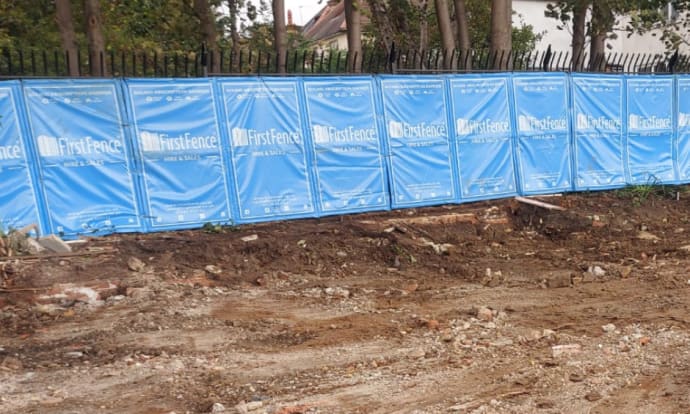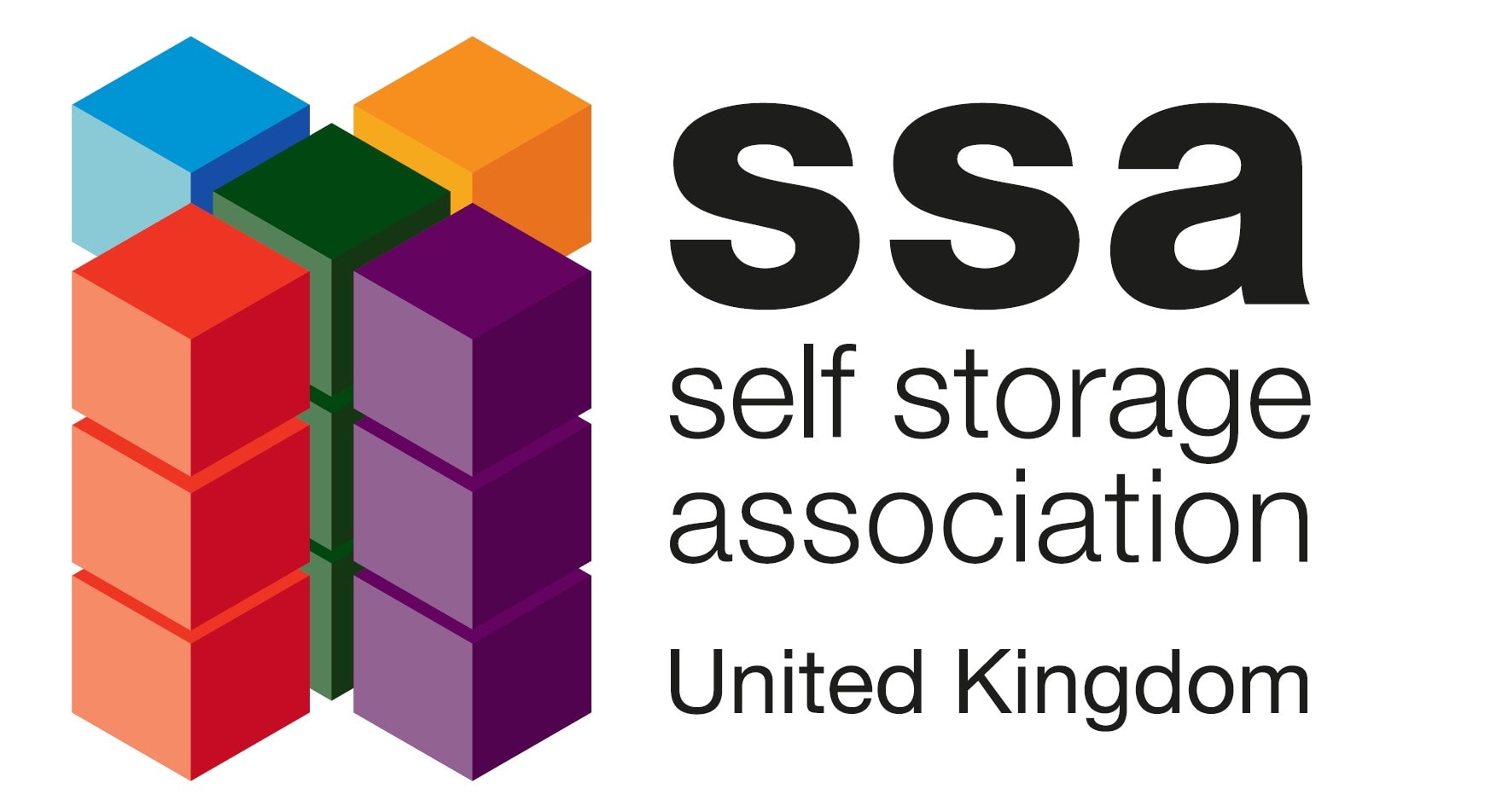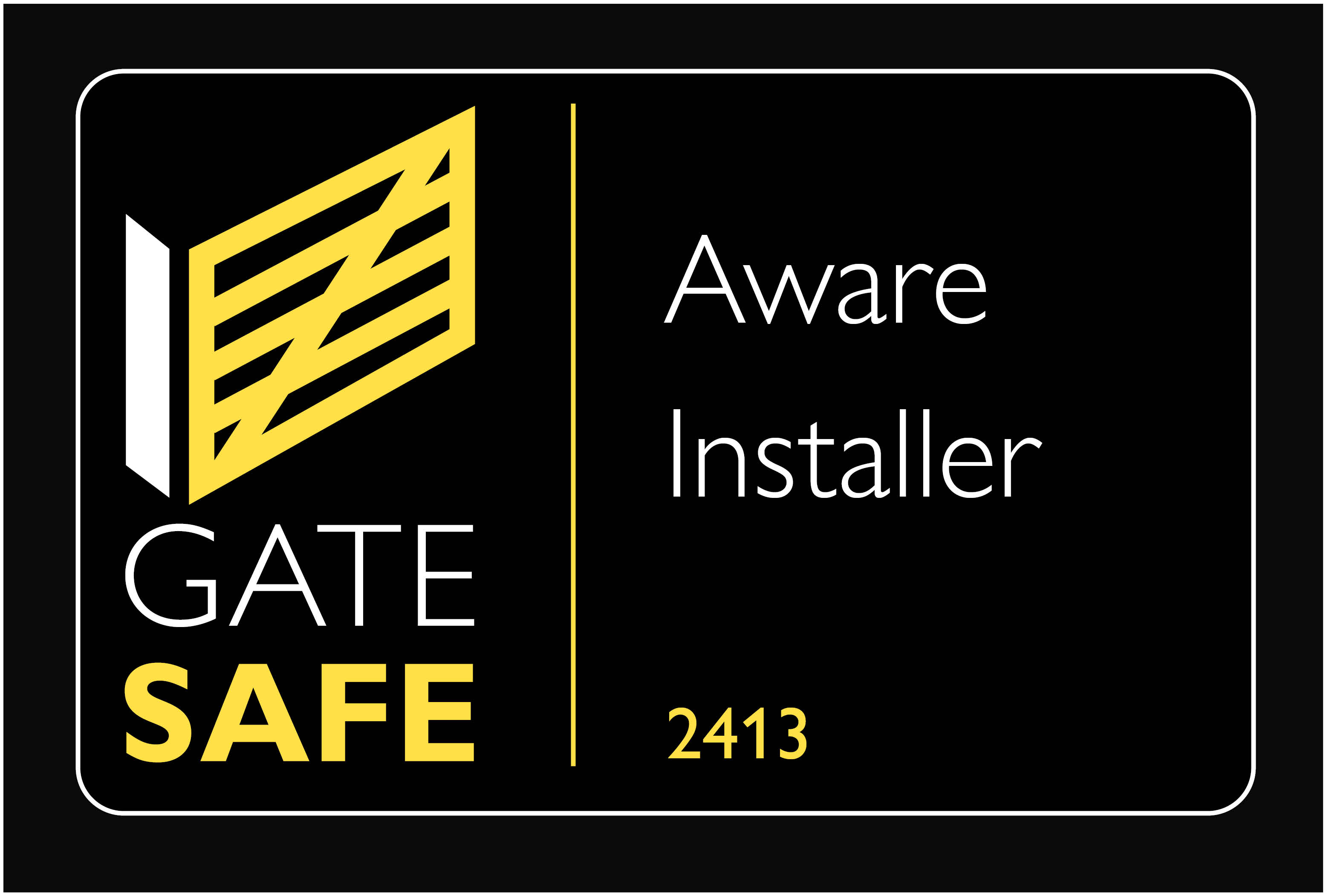How to Reduce Noise Pollution on Construction Sites

Keeping the Noise Down
Noise pollution is something that affects most people. Whether it’s from traffic, construction sites, or concerts, it’s an invisible danger. Consistent exposure to high noise levels can cause tinnitus or even deafness. These consequences usually show up after years of exposure to loud noises in combination with hearing loss due to age.
So, as someone managing and working on a construction site, it’s important to do your best to reduce noise pollution. Not only for yourself and the workers, but for residents and pedestrians around the site as well.
So, in this blog, we’ll go over some tactics that can help you minimise construction site noise pollution.
What is Noise Pollution?
Any sounds that affect the health and well-being of people or wildlife can be defined as noise pollution.
Additionally, based on the Noise Policy Statement for England (NPSE), construction noise is put into one of three categories: neighbourhood noise. The core aims of NPSE can be seen in the image below.

Moreover, HSE outlines the general rule to determine if the site is too loud as: “if you have to raise your voice to have a normal conversation when standing about 2 metres apart, for at least part of the day, then noise levels on the site may be at the level which could damage health”. Or in more precise terms, if noise exceeds 85 decibels regularly, it becomes damaging.
So, as you can imagine, reaching noise pollution levels in a place as loud as a construction site is quite common, and government regulations are working towards lowering noise pollution.
What are the Risks of Noise Pollution?
As we’ve referenced in the section above, there are a lot of rules and regulations regarding noise pollution. Not only can loud construction sites affect the quality of life, but also have further problems.
For example:
- Loss of hearing
- Tinnitus, ear pain and/or discomfort
- Low sleep quality
- Cardiovascular effects
- Behaviour changes, like anger, frustration, or irritability.
- Speech interference
- Increased anxiety
- Lower productivity, struggling to concentrate
- Negative effect on children’s development
The negative effects of noise pollution can also extend to wildlife. Disturbing their habits and coordination leads to a wider threat to biodiversity.
How to Control Noise Pollution on Construction Sites?
Due to the construction site noise being as loud as it is, it’s important to control it. And even though you can’t eliminate the noise, there are a lot of methods to reduce the damage. Keep in mind that sometimes only a few decibels can make a day and night difference.
In its essence, there are two approaches to controlling noise pollution: engineering and administrative.
- An engineering approach looks at the tools and machinery used on-site. For example, buying low-noise tools or putting up an acoustic barrier.
- Whilst the administrative approach looks at how people work. For instance, limiting workers' time in loud areas or using loud machinery with minimal on-site staff.
Offer Hearing Protection
One easy way to keep construction workers safe is to give them ear protection gear, including earplugs and earmuffs. Providing these items can help prevent hearing damage and keep workers safe on the job.
Additionally, to determine sound on the construction site, you can utilise a mobile app, such as the one made by the National Institute for Occupational Safety and Health (NIOSH). This will help you determine how little or how much noise protection is required.
Minimise On-Site Staff Exposure to Noise
Another method to minimise exposure to loud noise is to only schedule essential staff during the loudest periods. So, for example, if you’re working on a demolition project, only have the workers on site who are required at that moment.
Alternatively, you can move workers around from high-noise to low-noise jobs. To reduce the time they’re exposed to high levels of noise pollution.
Put Up Acoustic Barriers

One of the ways to prevent the noise from spreading is to put up acoustic barriers (also referred to as noise barriers) around the site. They work by blocking the path of sound waves and absorbing them instead of letting them travel further. Our range of acoustic barriers is also considered Class A, which is the highest level of noise protection.
Ideally, you’ll have acoustic barriers all around the site to reduce noise. If certain areas are very loud, like where jackhammers or concrete saws are being used, you can separate these areas. This means dealing with each area separately.
The barriers are also very easy to install. They can attach to the top of any-sized temporary fencing panels.
Invest in Quieter Equipment
Construction equipment tends to be loud, and it’s hard to get around that. The best thing you can do in terms of equipment and machinery is to choose the quieter versions. Which also tend to be newer.
Generally speaking, equipment powered by electricity is less noisy than diesel-powered equipment. The same applies to hydraulic equipment being quieter than pneumatic equipment. Often, the quieter the equipment, the higher the price. It’s not always the case, but a lot of the time, less noise means better manufacturing quality. Thus, adding to the final cost of the product.
Modify Your Current Equipment
By maintaining and modifying your equipment, you’re effectively extending the lifetime use and reducing noise. It can be anything from adding silencers to making sure the parts are well-lubricated.
Other things to keep in mind:
- Make sure the bolts are tightened
- Check for wear and tear
- Add silencers on intake/exhaust systems
- Include dampers or mufflers
- Install anti-vibration measures
Plan Ahead
Try to eliminate the sound as you’re planning the layout of the construction site. This includes a lot of the points we’ve mentioned above. For example, getting quieter equipment, putting up noise barriers and reducing design flaws.
Moreover, it’s worth covering metal tables and avoiding metal-to-metal contact in general. Considering adding rubber on contact points to reduce noise and vibration. Tighten the bolts and parts together to avoid any unnecessary sounds.
You can also utilise sound-absorbing materials during construction. So, instead of metal, wood, or concrete, use foam padding, carpet, or fibreglass. These materials absorb sound, instead of reflecting it.
They are especially useful when you’re working inside. Lining floors, ceilings, and walls with absorptive materials will do wonders for reducing noise pollution.
Simply put, try thinking about how you can reduce shock, vibrations, and sounds across the site.
Final Thoughts
Even though we can’t see noise, it doesn’t make it any less dangerous. Consistent exposure to noise pollution can have daunting long-term effects and even lead to deafness.
Reducing noise from construction sites can help residents, pedestrians, and workers.












